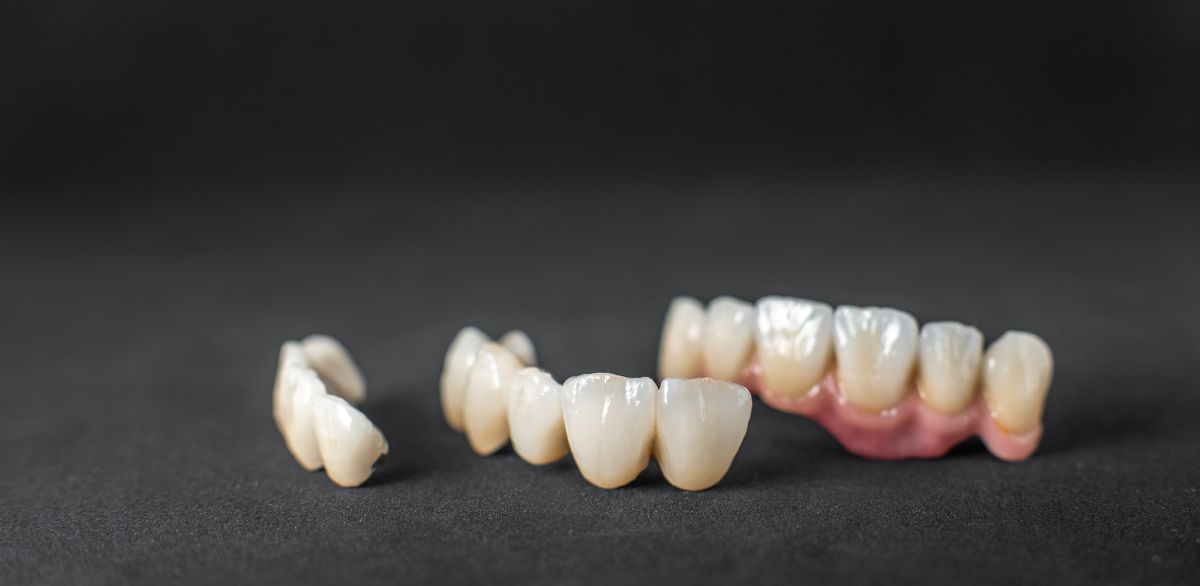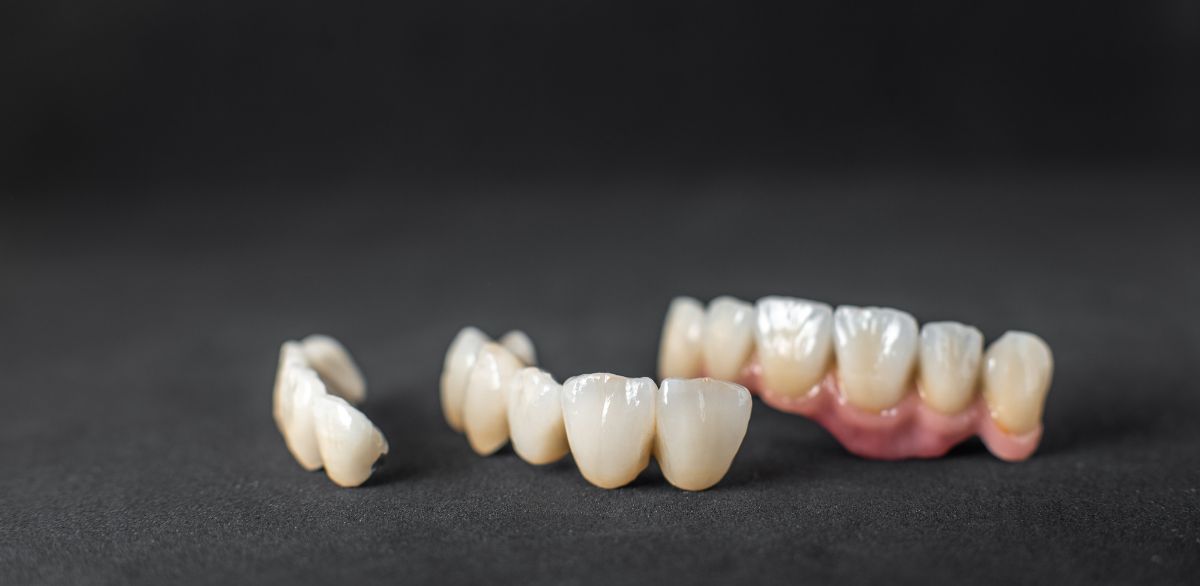
A dental crown plays a vital role in protecting and strengthening a damaged or weak tooth. However, like your own teeth, crowns are not indestructible. Over time, they may develop chips or cracks or even fall off. This might happen due to several factors, such as wear and tear, trauma, and poor positioning.
If you stumble into a broken crown, you might wonder whether to have it repaired or replaced. The decision depends on the severity of the damage, the age of the crown, and long-term benefits of each option. This article highlights when a repair is useful and when replacement is the most important course of action.
What Are the Reasons for a Broken Crown?
- Wear and tear: Continual chewing and grinding cause dental crowns to wear out naturally. This increases the chances of tiny cracks or weakening of the material.
- Sudden Trauma: Fall, sports injury, or biting down something hard like ice or kernels may cause instantaneous fracture.
- Poor Oral Hygiene: Decay on the underlying tooth can result in loss of stability with the crown.
- Material Concerns: Some crown materials are more susceptible to damage than others. For instance, porcelain-fused-to metal crowns may chip, and all-ceramic crowns will be far more likely to damage under high pressure.
- Poor Fit: If a crown isn’t put on right or if it becomes loose over time, it is more likely to get damaged.
Repairing a Broken Crown: When Is It Possible?
Sometimes, repairs are possible rather than simply replacing the broken crown. It might be an option if:
- Damage is minimal: You can repair small chips or cracks in the porcelain crown with dental bonding. The dentist may smooth the area down and apply a resin material to make it look fine again.
- The crown feels a bit loose: If the crown is not broken but feels somewhat unstable, then your dentist may be able to recement it back in a way that it will stay put.
- The tooth under the crown itself is still healthy: If the tooth is still strong and intact, repairing the crown would probably be a viable short-term solution.
- It is a temporary repair: Your dentist might recommend a temporary repair to prevent further compromise of the crown until you can get an immediate replacement.
When You Need to Replace a Broken Crown?
A few occasions to view replacement:
- The crown has sustained a major fracture – Large cracks and fractures render the crown unusable as a protective measure for the underlying tooth.
- It has been repeatedly displaced – If a crown repeatedly becomes dislodged, that may indicate a change in the underlying tooth structure. You will need to accommodate it by a new fit.
- There are decay issues beneath the crown – If bacteria are already invading the natural tooth underneath your crown, then you will have to deal with repairing that decay and might need a new crown.
- The crown has gone past its life expectancy – Most dental crowns have a typical life span of between 5 and 15 years. If yours is at the threshold of that period, getting a replacement may be the better option in the long run.
- If you experience discomfort when chewing, biting, or pressure, then that crown, which once protected your tooth, may no longer be effective.
Crown replacement involves getting a new mold, choosing a material that may better suit your needs, and ensuring that it fits well to maximize the durability.
Not all cracked crowns need replacement at once; it is important to know when to repair and when to replace. This will improve oral health. Minor chips are sometimes repaired, but severe damage, intermittent problems, and old crowns generally require total replacement.
Do not wait until your crown gets worse if you suspect any damage. Seek dental consultation quickly so that the tooth will get the best and most comfortable solution. With proper care, a well-cared-for crown will last for years, saving smiles and keeping the teeth healthy.


